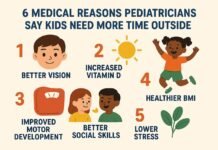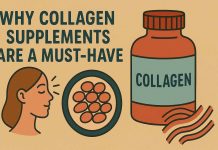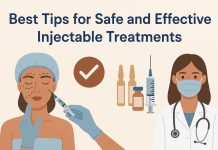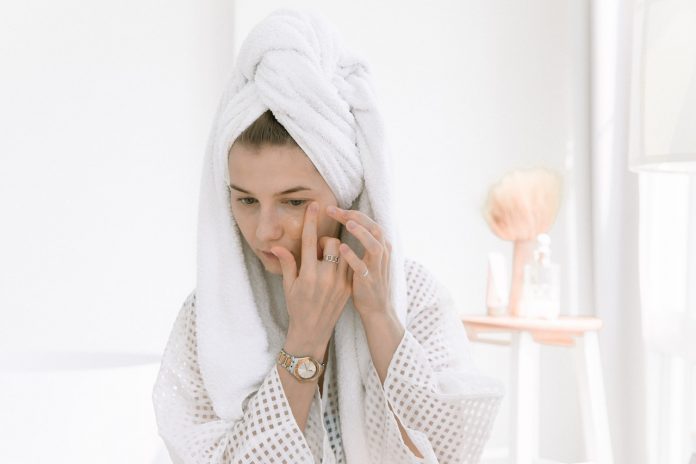If your pimple is painful and swollen, you probably have cystic acne. The most serious type of acne is cystic acne, which is buried deep beneath the surface of your skin. Cystic acne forms when bacteria, oil, and dry skin cells build up inside your skin.
Acne can affect anyone, but people with oily skin are more likely to develop cystic acne. Hormonal imbalances are more common in young, female, and elderly people. In general, cystic acne worsens with age. However, persistent, and painful pimples do not go away on their own.
What is Cystic Acne?
The most acute kind of acne is cystic acne. It happens when you get huge, painful breakouts that originate deep into your skin. Cystic acne occurs when a pimple that occurs on your skin becomes trapped and infected beneath the surface of the skin.
With cystic acne, bacteria also get into the pores, causing swelling or inflammation. Acne cysts are frequently uncomfortable and are more susceptible to result in scarring.
Acne causes symptoms that we are all familiar with. Cystic acne is the most apparent kind because it generates cysts and nodules in addition to inflammation papules and pustules. Acne can also leave noticeable scars.
Cystic acne can be caused by a variety of factors, including hormonal fluctuations, greasy skin, pregnancy, and heredity. Teenagers and women going through hormonal changes, such as pregnancy, menopause, or starting their monthly cycles, are the most prevalent categories of people who suffer from cystic acne. When your body produces extra oil in your skin, it can cause breakouts and cysts. Furthermore, if one of your parents had cystic acne, you are more likely to acquire it as well.
Symptoms of Cystic Acne
Most acne sufferers do not have medical symptoms, but the sight of their skin can create mental discomfort. However, with cystic acne, the distress may be worse, and the cysts may be painful.
The danger of scarring from long-term cystic acne emphasizes the significance of therapy. Long-term and irreversible damage might result in tiny, deep pits or red raised scars.
Cystic acne can cover a vast region of skin. Cystic acne often appears on the face, which has a high concentration of oil glands. Acne cysts can also appear on the back, chest, neck, or shoulders.
Cystic acne, in addition to being the most dangerous kind of acne, is also the biggest in size. It’s also deeper beneath the skin. The rest appear to be on top of the skin’s surface. Cystic acne frequently appears as skin boils. Other distinguishing features include: huge pus-filled cyst, large white lump, redness, tenderness, or discomfort when touched
Treatment:
You can attempt some natural therapies. It is worth noting that cystic acne often requires targeted medical treatment to effectively clear out and prevent future breakouts. This can include topical treatments like tretinoin or salicylic acid, or oral medication like spironolactone for acne. In addition to treatments, one can even make some dietary and lifestyle changes to prevent the breakout of acne. Practical actions to avoid aggravating acne are beneficial for everyone suffering from acne, particularly those suffering from cystic acne:
• Avoid washing too frequently: Use lukewarm water and a light soap or cleaner twice a day.
• Avoid using abrasive soaps, cleaning granules, astringents, or exfoliating agents when washing.
• Stay away from heavy makeup. Try to choose water-based, non-comedogenic formulations when wearing makeup. Also avoid oily formulations, and be sure to remove makeup and clean face before going to bed.
If self-care solutions do not clear your acne, consult your dermatologist. Because of the severity of cystic acne, you cannot depend on over-the-counter (OTC) acne medications. Rather you need to consult a dermatologist if you require prescription drugs. In most circumstances, you’ll need to consult an experienced cyst removal surgeon to get rid of cystic acne. Your dermatologist is your greatest resource for any treatment, whether it’s a prescription medicine or surgical removal.










